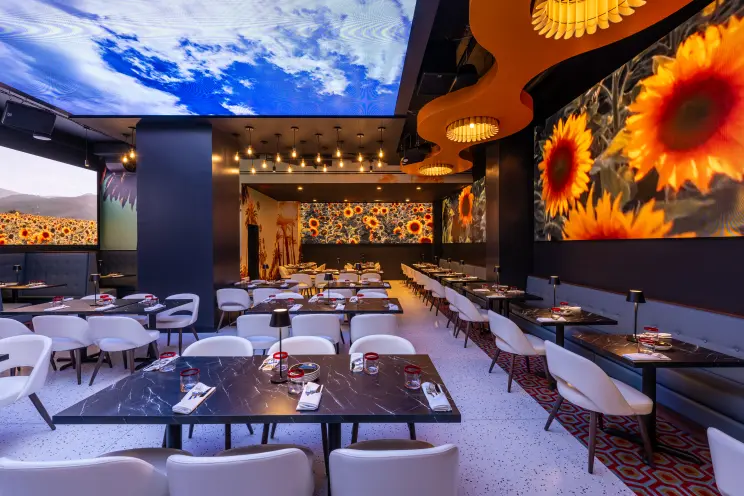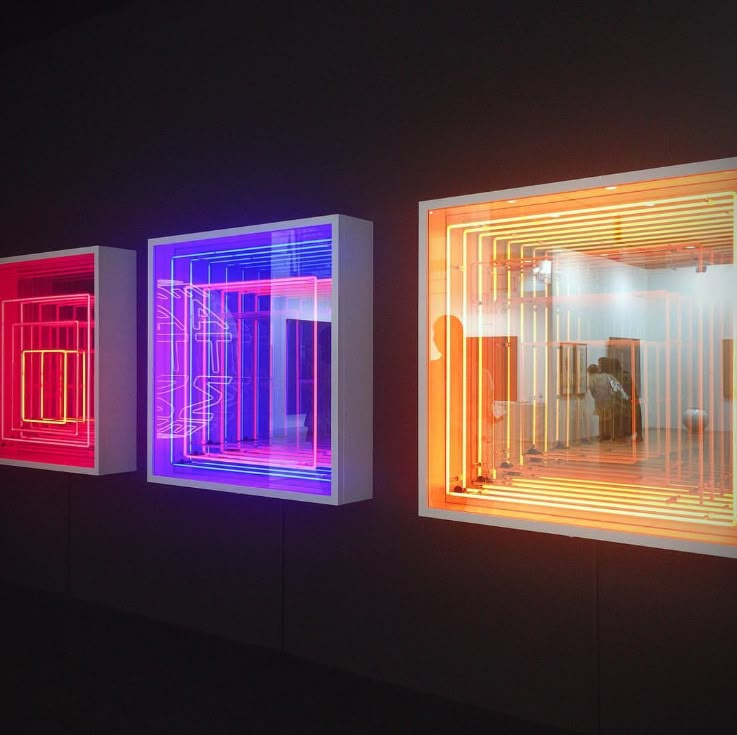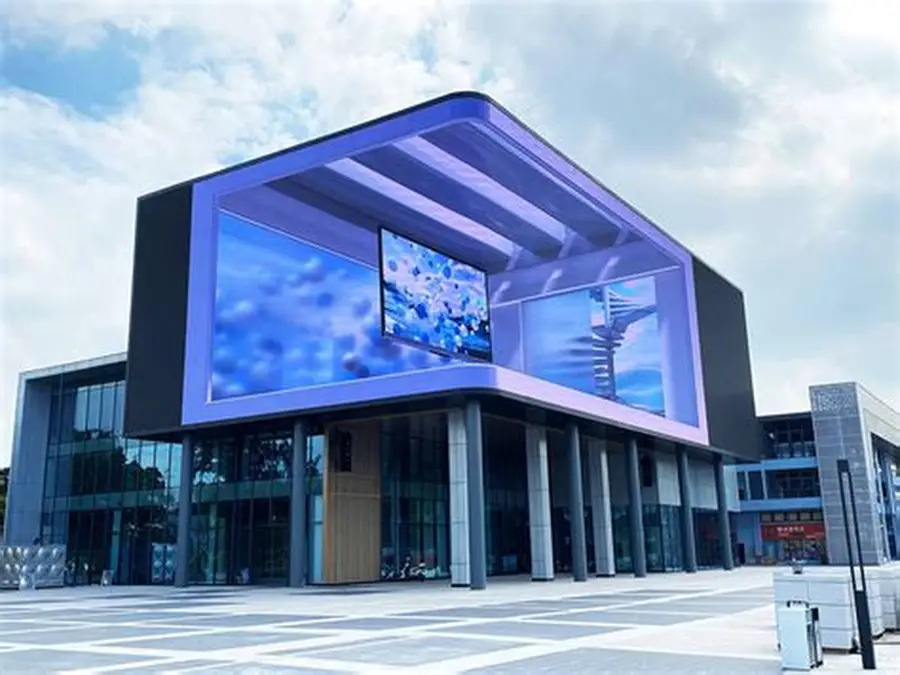

Architecture is no longer just about structure. It’s about expression. Today, buildings aren’t static—they’re living canvases. And at the intersection of design, technology, and communication sits one of the most transformative tools in the built environment: the architectural LED display.
What was once confined to billboards and indoor signage has evolved into a high-impact feature of exterior and interior architecture. From commercial towers to luxury retail facades, LED integration has become a medium through which brands, designers, and cities speak.
Let’s explore why the architectural LED display is becoming an essential element in next-generation spaces.
An architectural LED display isn’t an afterthought. It’s part of the design language. Installed into the building’s facade, interior wall system, or custom surfaces, it becomes a visual centerpiece—one that adapts with time, content, and purpose.
These displays blur the lines between art and function. During the day, they may complement the building’s shape and materials. At night, they transform the space—broadcasting media, ambient motion, or live content that breathes life into the structure.
Whether used for storytelling, branding, or wayfinding, LED architecture redefines how we interact with built environments.

Cities like Los Angeles, New York, and Dubai are dense, digital, and competitive. Buildings are no longer judged just by design—but by how they engage with their surroundings.
A well-executed architectural LED display offers more than visibility. It creates presence. For commercial developers, it increases the value of the space. For tenants and brands, it opens opportunities for dynamic media placement that attracts attention and adds identity.
Imagine a high-rise lobby with a 30-foot transparent LED wall that plays slow-moving visuals synchronized to music. Or a retail complex with facades that shift colors and patterns with the time of day or public events. These experiences build connection—and attract visitors.
Many assume adding LED to architecture means clutter. That’s not true. Today’s architectural LED display solutions are thinner, lighter, and more adaptable than ever. They integrate into glass, wrap around corners, and conform to complex geometries without disturbing the aesthetic.
At SeeThruDisplays, we specialize in seamless integration—working closely with architects, engineers, and lighting designers to ensure the display system complements the form, rather than competing with it.
From flush-mounted LED tiles to transparent mesh embedded in curtain walls, the technology has evolved to serve the design—not dictate it.
An architectural LED display isn’t just for one-time campaigns. It’s a long-term investment. That means it needs to be both flexible in function and robust in structure.
Our clients often use these displays for:
Whether facing sunlight, wind, or weather fluctuations, modern displays are rated for outdoor conditions and long hours of operation. And with remote content management, updates can happen from anywhere—keeping the space fresh without physical changes.
LED isn’t just visually compelling—it’s also energy-efficient. Compared to traditional lighting or static media installations, a well-designed architectural LED display can offer lower energy consumption, longer lifespan, and minimal maintenance.
It also reduces the need for wasteful reprinting, repainting, or physical replacements for media updates—making it a smart choice for companies that value both innovation and sustainability.
For retail brands, hotels, and entertainment venues, the building itself is often the first touchpoint with a visitor. What impression does it leave?
An architectural LED display allows that impression to evolve. Launching a new product? The facade can become part of the announcement. Hosting an art fair or collaboration? Let the building reflect it—literally.
This type of dynamic branding is especially valuable in competitive areas like Times Square, West Hollywood, or Miami Design District—where standing out means being bold, visual, and alive.

You’ll find architectural LED display installations in a wide range of environments, including:
Each space tells a different story—but they all use LED to communicate more dynamically.
Designing and installing an architectural LED display is not just a tech job—it’s a design collaboration. At SeeThruDisplays, we work alongside architects, AV consultants, and brand teams to deliver systems that look and feel as intentional as the rest of the building.
From material compatibility and brightness calibration to content strategy and remote support, we handle every detail to ensure your display isn’t just functional—it’s unforgettable.

The built environment is no longer static. It moves. It speaks. And it adapts. An architectural LED display lets your building tell stories, celebrate moments, and showcase identity in a way that traditional materials never could.
In a time when visibility, engagement, and versatility matter more than ever, these displays are more than high-tech—they’re high-impact.